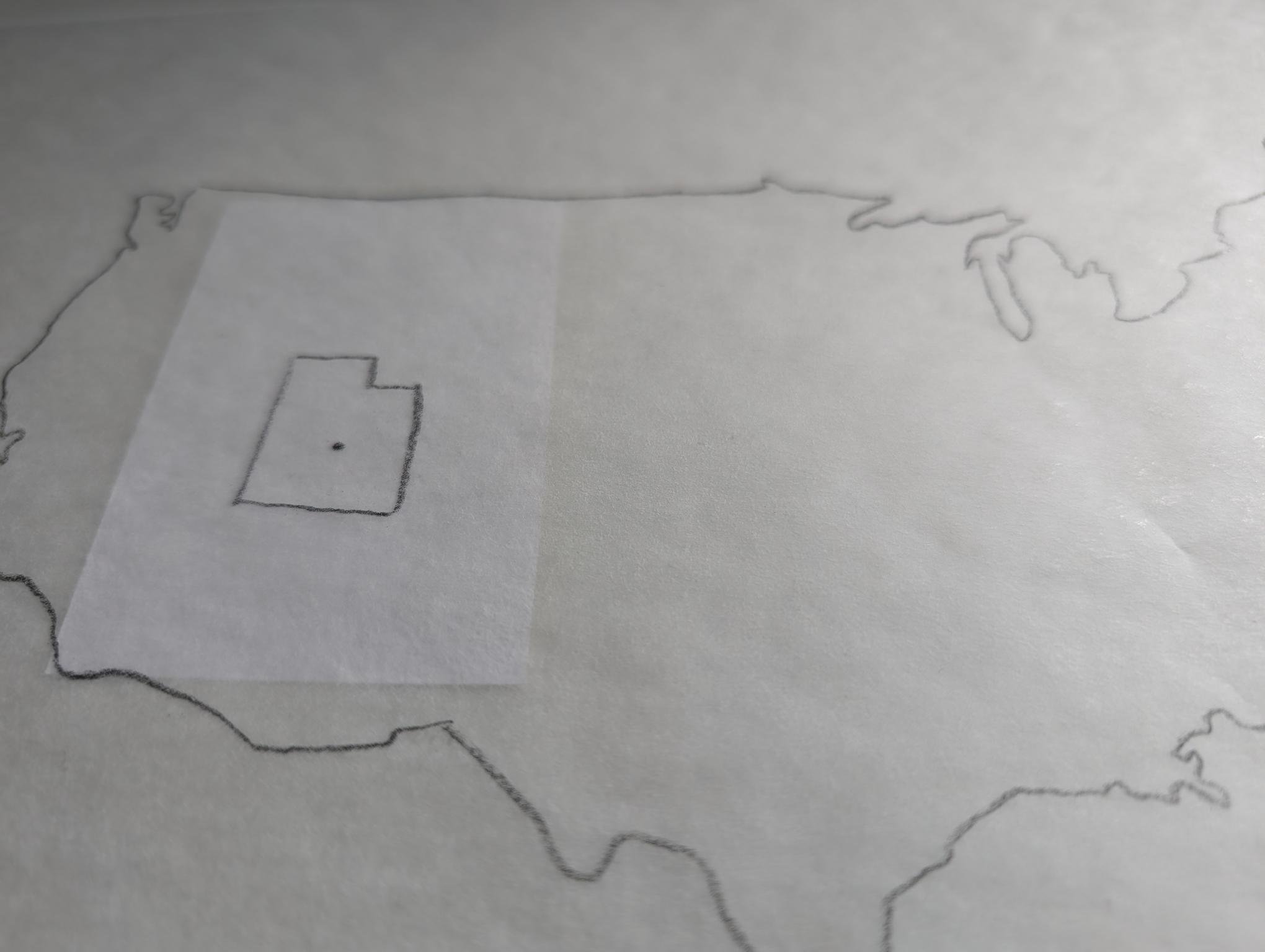Earth Hiccups
The soft spoken geologist tried so hard to be heard over the inconsistent wind as she gave her presentation to a group of fifty visitors in the open-air amphitheater of Capitol Reef National Park. She didn’t need pictures of what she was describing because those rock formations were the backdrop for this Ranger talk. All of us sat on benches beside a fruit orchard in the valley of a desert created by a fold of the earth’s crust.
She spoke the name of each layer and told us what the earth was like during their formation. How the things that we could see – like tiny bands of white crisscrossing the red stone, or the smooth sheer cliffs - were clues about those environments. Had we a time machine, we would have been standing in a shallow ocean, in a vast wetland, or in a dune-filled desert with not a drop of water in sight. She talked about the dinosaurs that inhabited this area during their era and the children in the audience perked up their ears. She handed around models of those creatures and we examined the plastic toys painted in colors the artists could only guess at.
“Entropy reached its fingers into the sandstone to begin the process of disintegration. ”
Earlier in our family’s travels, we had visited places on either side of this geologic formation. To the east and the west, the rock layers are spectacular but there are also consistent, colorful, and horizontal. But here, after those neat and tidy layers settled and formed into crust, the earth hiccuped and tripped and so it folded over itself. It lifted all those layers skyward.
Then it rained. Not just one storm but thousands, maybe hundreds of thousands. Some of that rain froze in the cracks of the stones. Entropy reached its fingers into the sandstone to begin the process of disintegration. Enormous towers fell because the layer they balanced on was weathering at a different rate. The waists below those towers grew thinner until with a crack and a tumble, they toppled and rolled. I like figuring out where those pieces might fit in the walls above them. It’s a reverse puzzle and astonishing to imagine the sound made by those house-sized rocks when they released.
Those pieces then began the process of weathering wherever they sat. They fostered their own colonies of lichen, they allowed bacteria to sit on their surfaces and fix elements from the air to form smooth, shiny black lacquer. Then cracks formed in them too and pieces fell away from the piece.
“Maybe it’s sitting on a hillside or in the skirts of an eroding mountain, waiting to split again and be of use to someone else.”
I’d like to think that the good parts of me flake off from the whole and are left behind as well. Maybe that’s how kindness works. Or maybe, not kindness, but understanding. The part of me that did the helpful thing, or who understood without having to say anything, or who offered a hand or a murmured word, that’s a part of me that split off into the wild. It now has its own life. Maybe it’s sitting on a hillside or in the skirts of an eroding mountain, waiting to split again and be of use to someone else. It might get small enough that it’s only composed of constituent elements.
When it gets smaller maybe it’s distilled into something more powerful. By the time it makes it back to earth it’s in the purest form. There are wonders littered on the mountainsides here, colorful and whimsically shaped. They are full of the fossilized footprints and bones and the wisdom of the creatures buried within.
Maybe I leave that behind too, the bits of goodness that only grow more powerful over the span of human time.


